Transforming the customer experience is essential to meeting client needs in a constantly changing world. Drawing on the experience gained with the Orange Group and many clients worldwide, we have learned that there are few universal rules or ready-made solutions. However, every executive team should be aware of certain key trends to help guide their actions in this area.

Green AI: Responsible artificial intelligence is also frugal
See moreThe new paradigm of Responsive Customer Experience
Omnichannel journey fluidity has become a strong expectation among customers who value mobility and autonomy: starting a purchase on one channel and completing it on another, or continuing in-store a conversation begun with a contact centre just minutes earlier – seamlessly and complementarily.
Digital services and the physical world are deeply interconnected. Delivering a coherent, frictionless experience across these environments is crucial. There is no one-size-fits-all recipe that applies across all industries, but the trend is universal: omnichannel, hyper-personalisation, real-time engagement and scalability are the four pillars of the new customer relationship paradigm now taking shape (made even more evident with the rise of generative AI). We call this new paradigm the Responsive Customer Experience.
Achieving this requires artificial intelligence across every part of the organisation – from content creation (articles, photos, videos) to campaign execution, from customer personalisation to user support. Customer relations managed through contact centres are already being transformed, with intelligent, personalised bots and faster data analysis.
Building and activating customer knowledge has never been more critical – for advisors, sales teams, marketing departments and data scientists alike.
Automation and contextual assistance
In the era of Responsive Customer Experience, the challenge of automation is to personalise up to 80% of customer interactions in real time. This requires new approaches within organisations, such as customer journey orchestration (or smart routing), robust unified customer knowledge, and the widespread use of AI-generated assistance – supporting both customers and advisors.
Building and activating customer knowledge (as well as leveraging internal documentation, which we will explore in a future article) has never been more critical for advisors, sales teams, marketing departments and data scientists.
Although strongly influenced by consent management requirements and customer expectations around security and privacy, customer knowledge now encompasses everything that helps anticipate and better understand client behaviour – including multiple internal data repositories and third-party sources, as we highlighted in the article Your enterprise repositories are more valuable than you think.
Practical applications include:
- Accelerating the understanding of customer expectations and adjusting services. Through speech analytics, Orange Business teams can deliver a detailed summary of customer expectations every six weeks, cross-referenced with contact centre performance.
- Enriching AI tools used by advisors and personal shoppers to refine their recommendations.
- Measuring the impact of advertising campaigns more effectively.
- Launching preventive actions to mitigate churn risk.
What does Responsive Customer Experience mean in practice?
In a Responsive Customer Experience approach, performance and ease of use are central. Advisors must be able to navigate seamlessly: from a customer record to purchase history, then to a product sheet and its related FAQ, or to delivery details and incident reports. AI directly enhances the knowledge base available to employees: information becomes more relevant, and the right content is suggested proactively in real time. Knowledge bases are expanded to include operating procedures, product sheets, conversation guides and even suggested text responses.
That said, from the customer’s point of view, most current chatbots and callbots still have room for improvement and differentiation:
- Personalising bots to reflect the brand (its voice, style and tone), as well as adapting to the client and context. For example, a major banking player recently tested adjustments in speech rate and vocabulary to better serve senior clients.
- Better integrating chatbots into the digital environment (displaying the requested page or product, pre-filling a web form, triggering SMS authentication before continuing, etc.).
- Turning chatbots into active participants in a customer journey (sending a pre-filled form by email, taking over an open support ticket from another channel, processing a card payment via a third-party tool, then resuming the conversation).
In conclusion, Responsive Customer Experience is a new approach to customer relations that enables organisations to personalise interactions and journeys at scale. For executive teams, the challenge in customer experience is therefore to structure their organisations and align investments to maximise the levers available – empowering employees, leveraging their skills, and unlocking their creativity in products, services and customer experience design.

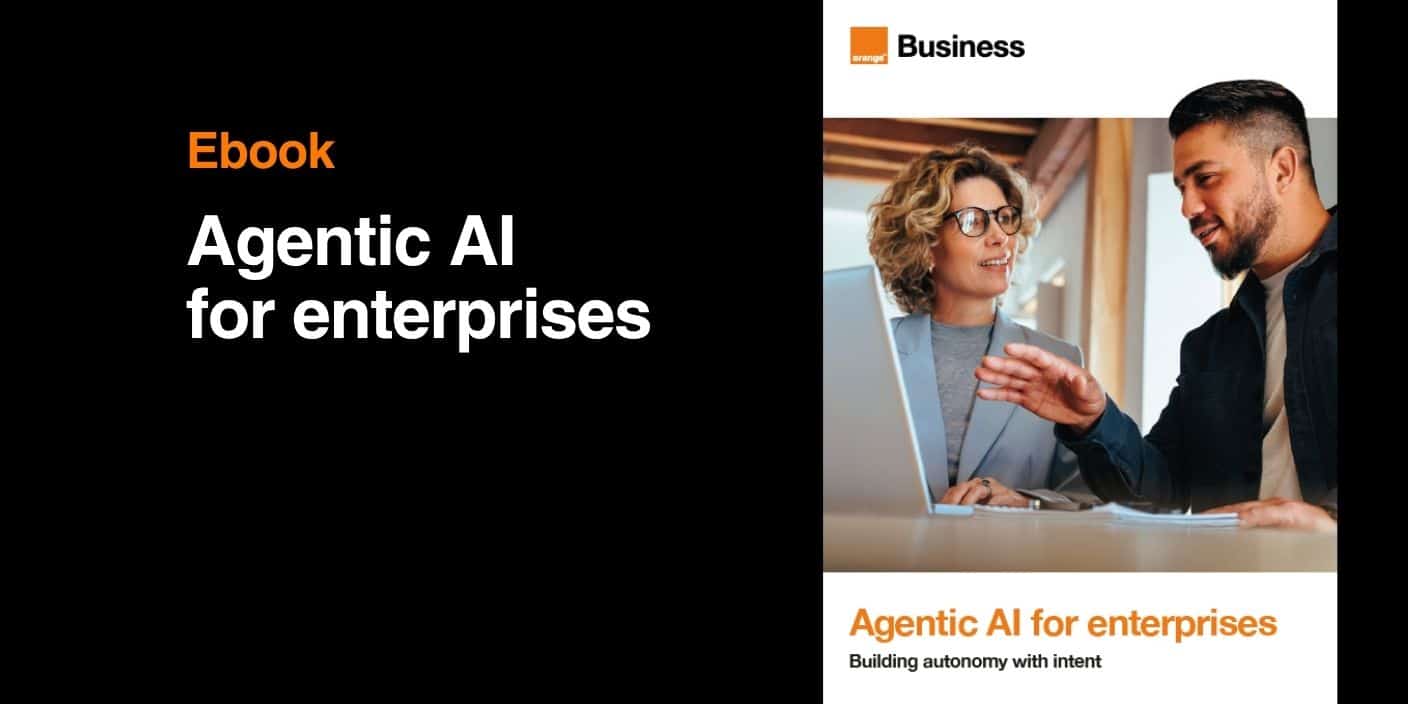


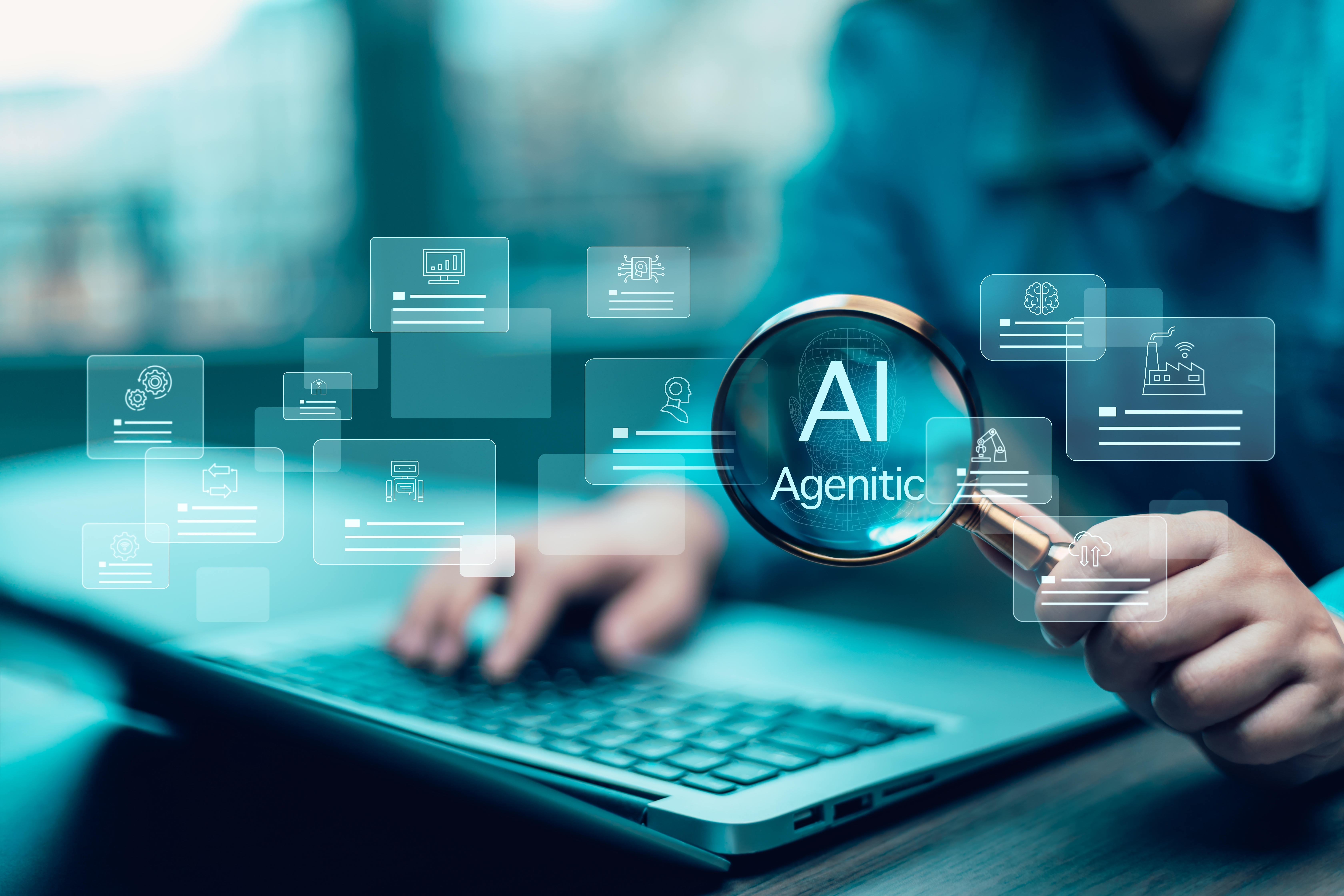

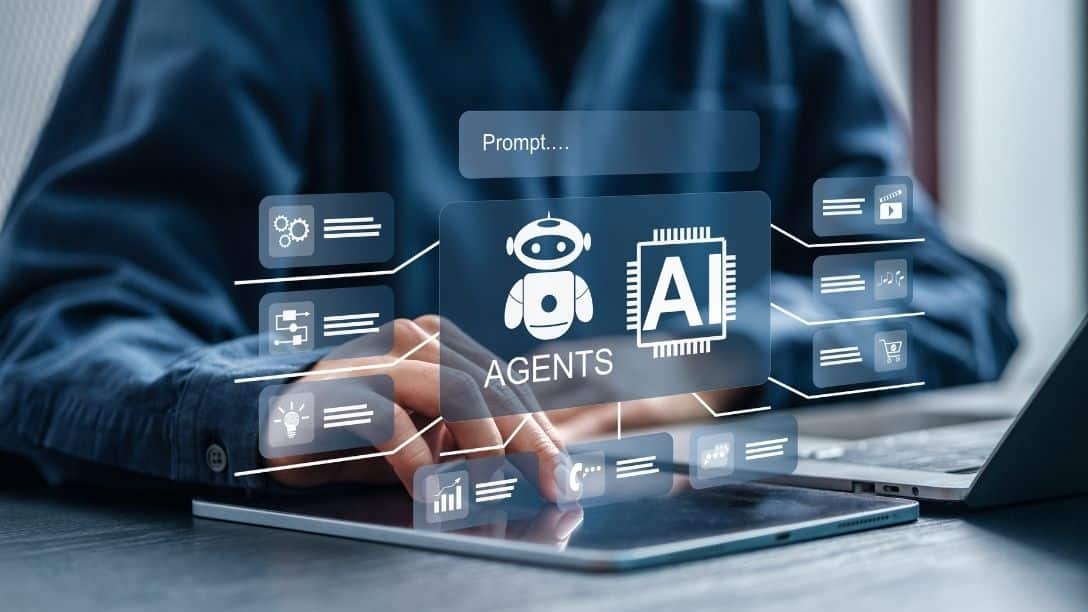





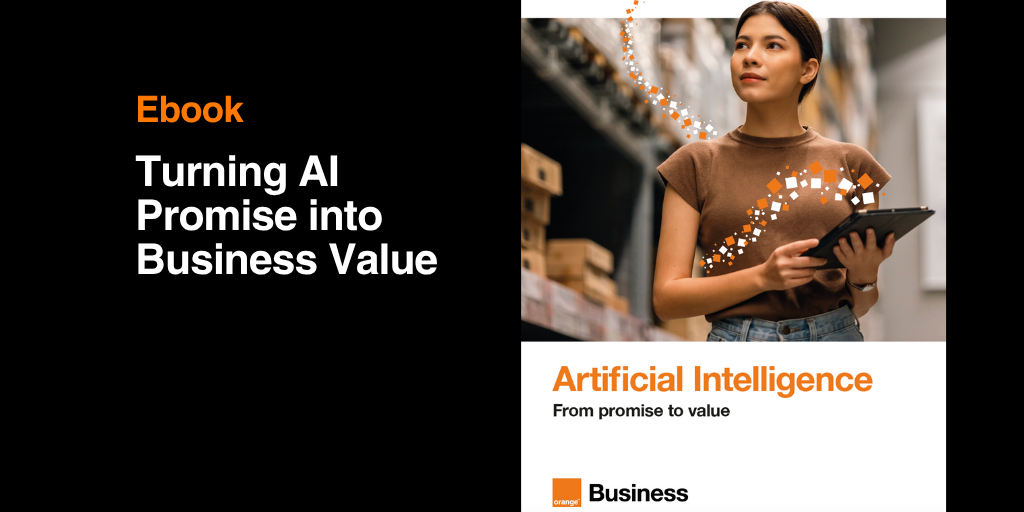
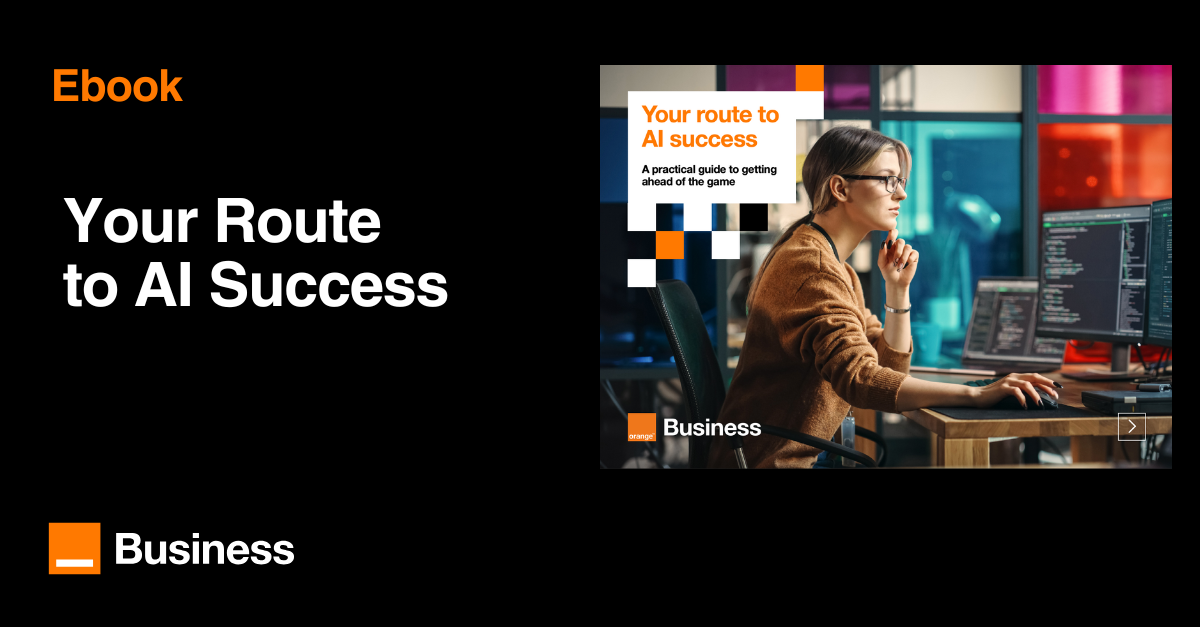

Comments (0)
Your email address is only used by Business & Decision, the controller, to process your request and to send any Business & Decision communication related to your request only. Learn more about managing your data and your rights.